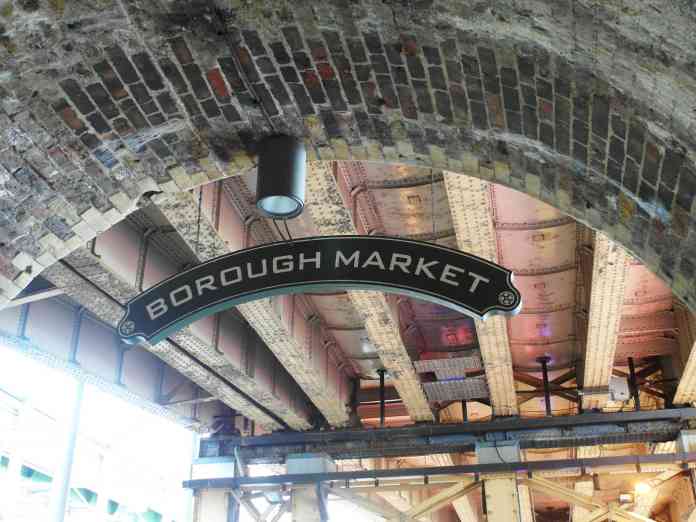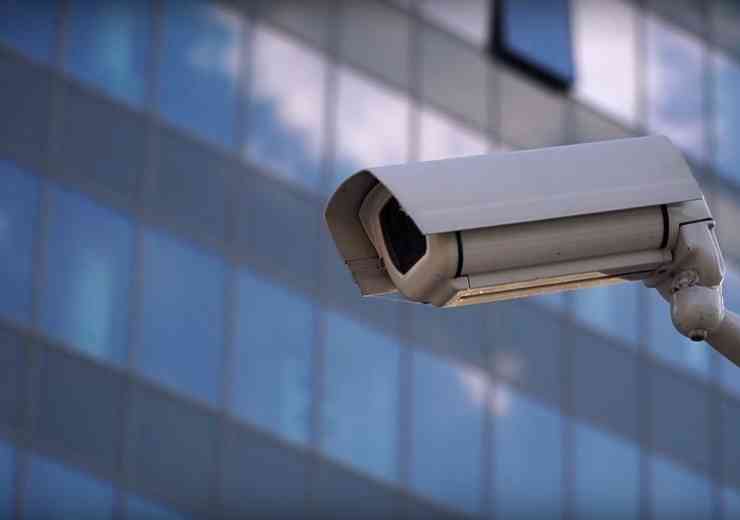
International Security Expo: Protecting Crowded Places
Each type of crowded place brings with it its own unique challenges when it comes to protecting the public and remaining open. Ahead of his talk at the International Security Expo, Darren Henaghan, managing director at Borough market, talks to CTB about protecting crowded places
You are featuring in the Protecting Crowded Places stream of the show. What are you going to be discussing and how important is a pre-established plan for the safety of crowded places?
Through my experience as managing director of Borough Market during and after the London Bridge attack I have a very particular insight into the protection of people in crowded places from the threat or the actuality of terrorism. At the core of any response to an incident has to be a comprehensive Major Emergency Response Plan.
For many of our team members, key stakeholders, traders, and local police forces counter terrorism is built into their everyday working lives - we live and breathe it. I will be discussing some of the learnings from the London Bridge attack and how they have shaped our planning.
The London Bridge attack on 3 June 2017, in which eight civilians died, prompted Counter Terror Policing to reawaken their ‘Run, Hide, Tell’ guidance. For staff working during an attack, how important is training and how is this best carried out?
Training staff via workshops and through scenario planning is critical to getting the response right during a major incident. Knowing their duties and responsibilities, how to access the right information, and an understanding of command structures is essential. In the case of Borough Market, this is not just about building staff into our team but also our traders, who are a key component of any response.
Are there specific challenges that police and security must overcome when it comes to outdoor crowded places?
There are many specific challenges for outdoor crowded places which will depend on the nature of the terror threat or attack. Key is to have the command structures and planning in place, enabling those critical decisions around public safety - such as evacuation or invacuation - to be taken quickly and appropriately. It is also important that we create accessible spaces where staff, traders, visitors can go to hide, and places where the injured can be treated, if necessary, close to the scene.
What are the current difficulties with balancing protection and visitor experience? At what point does physical security impede on the public’s desire to visit places such as Borough Market?
Our traders and our customers, whether Londoners or tourists, are used to dealing with levels of security. In looking at our approach to handling counter terrorism we have to find that balance between physical protection and visitor experience. We don’t want visitors to be aware of our precise procedures in the event of a threat or an attack, but we would hope they have a degree of confidence that those procedures do exist and have been worked through, and constantly updated, in tandem with the emergency response services.
As we discovered in the aftermath of the London Bridge attack, the public support for the Borough Market community was overwhelming and our footfall recovered quickly. We would hope that we never have to build physical security that impedes on the desire of people to visit.
Which brings us to, how do we design security in and terror out?
Terrorism can come in many forms and usually its goal, by definition, is to create terror among people. As we have seen around the world, there is no simple solution that keeps terror out. But clearly there have been developments in recent years which are making vehicle attacks, for example, more difficult at particular venues and sites.
It is not the job of Borough Market to fight terror, but it is vital that the security apparatus exists to provide those critical reassurances to people - staff, traders, customers - in the event of an incident. We must play our part by ensuring that we have the right emergency response policies in place and that we are constantly reviewing and updating our security.
digital issue




















